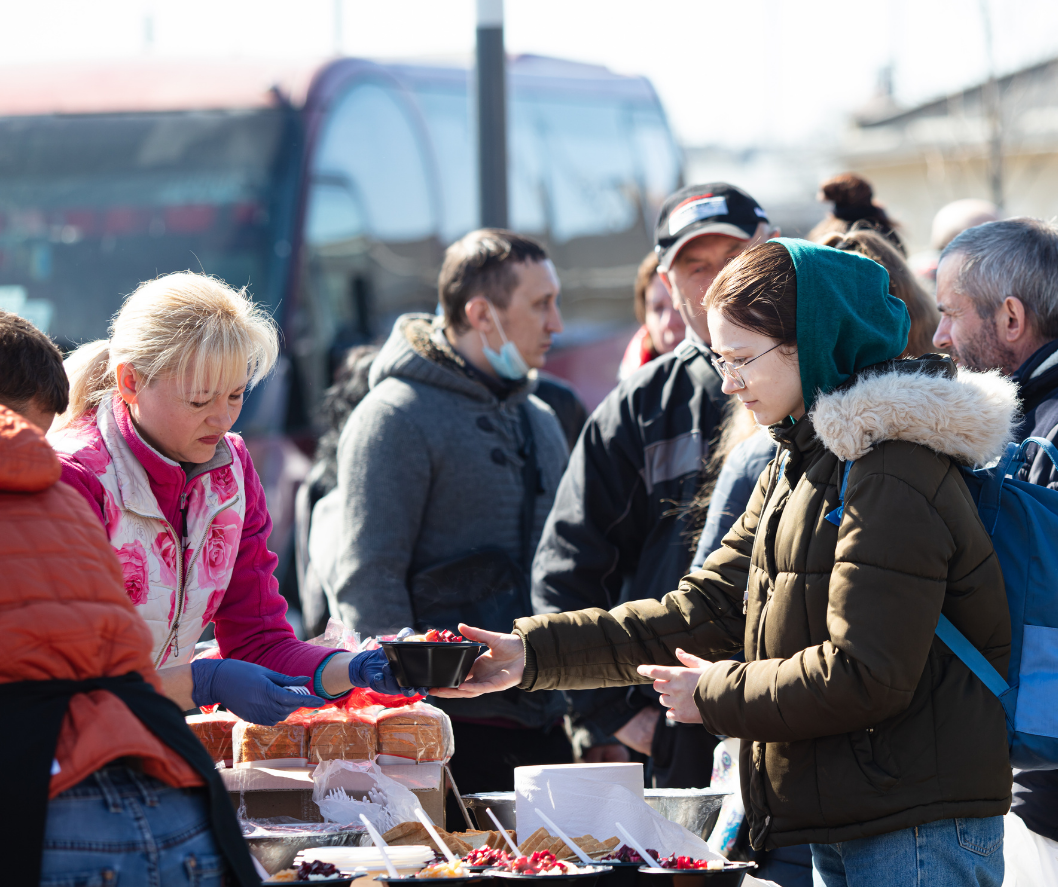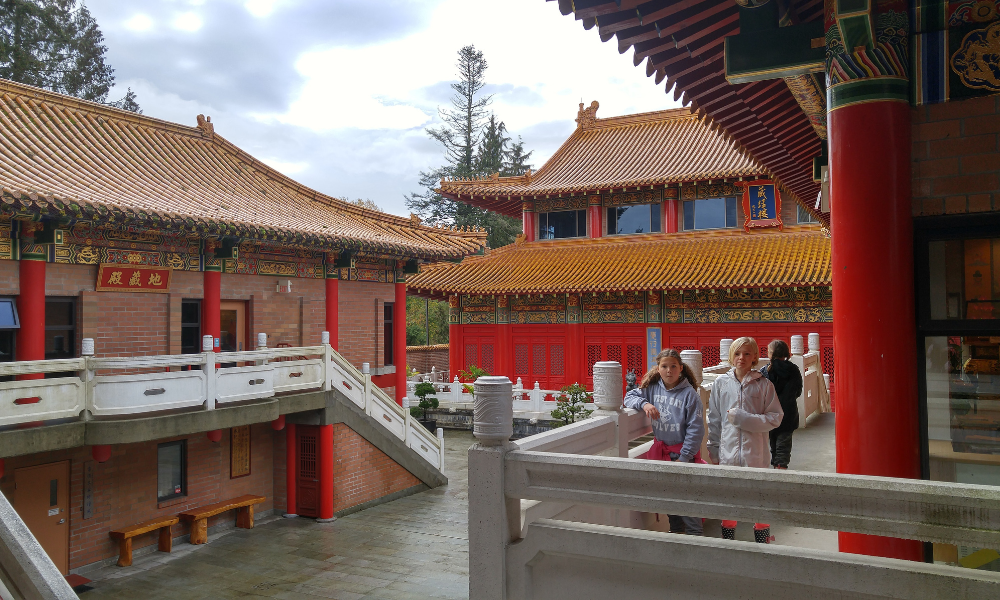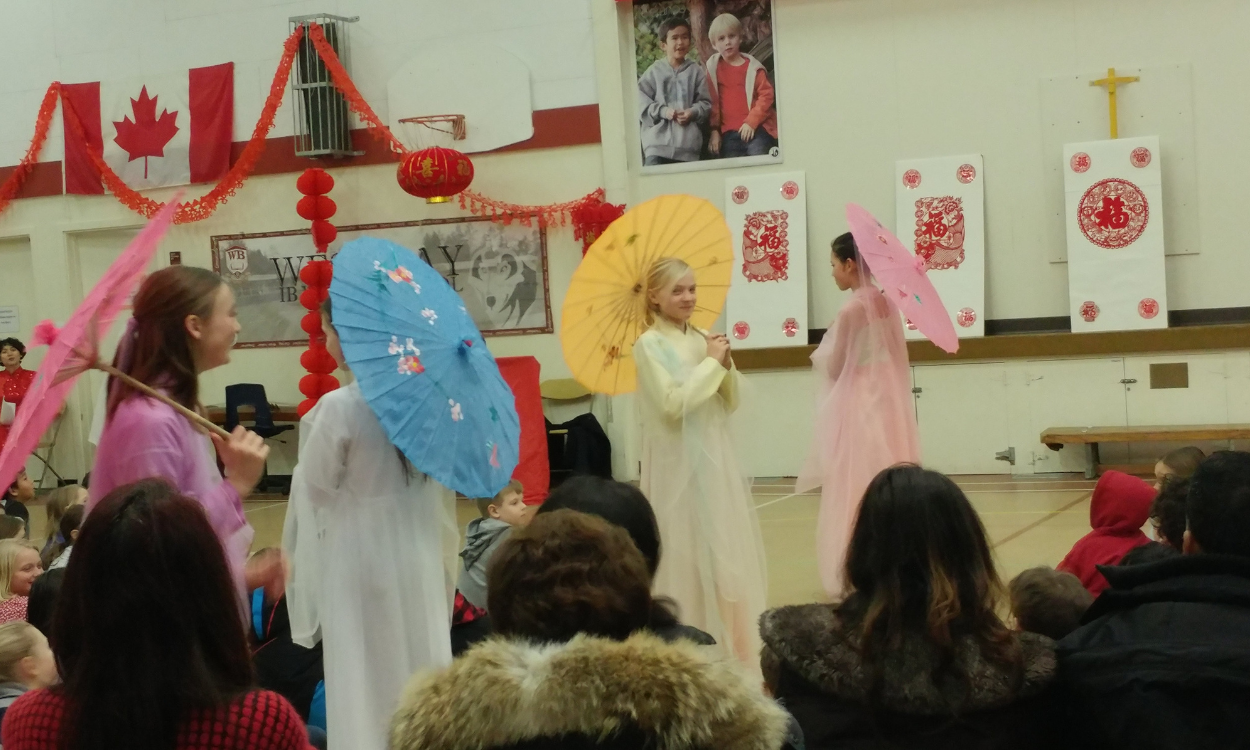
Asian Roots in Canada
Asian roots in Canada reach back to the 19th century, when Chinese migrants came for the gold rush and then laid track for the Canadian Pacific Railway—work that cost hundreds of lives and helped knit the country from coast to coast. In the decades that followed, communities formed around laundries, markets, and cafés, and by 2021 more than 1.7 million people of Chinese origin called Canada home (about 4.7% of the population). Vancouver’s Chinatown—designated a National Historic Site in 2010—still anchors that story in brick and neon, while Toronto’s Chinatowns trace lines from The Ward’s early laundries to today’s bustling grocers and dim sum halls.
The history includes hard chapters: a punitive Head Tax (raised to $500 by 1903) and the Chinese Immigration Act, 1923, which effectively barred Chinese immigration until its repeal in 1947—measures formally apologized for by the federal government in 2006. Yet food endured as a language of belonging: hand-pulled noodles and BBQ pork buns, Lunar New Year sweets, Cantonese cafés that served chop suey to prairie towns and late-night student crowds alike.
Japanese Canadians arrived in significant numbers in the early 20th century, fishing, farming, and opening shops along the Pacific. In 1942, more than 22,000 were forcibly uprooted and interned; four decades later, Canada issued an apology and $21,000 in redress to each surviving internee. The cultural thread was never lost: the Powell Street Festival in Vancouver has celebrated Japanese Canadian arts and community since 1977, and the Nitobe Memorial Garden at UBC stands as a tranquil bridge between cultures.
Culinarily, these roots reshaped daily Canadian eating. Dim sum weekends are a family ritual from Richmond to Markham; sushi moved from novelty to neighbourhood staple—helped along by West Coast innovation like the now-ubiquitous California roll often linked to Vancouver chef Hidekazu Tojo. Today, from steaming bowls and tea-house sweets to izakaya grills and hand-rolled maki, Chinese and Japanese traditions continue to meet local catch and Canadian grains—proof that migration writes menus as surely as it writes history.




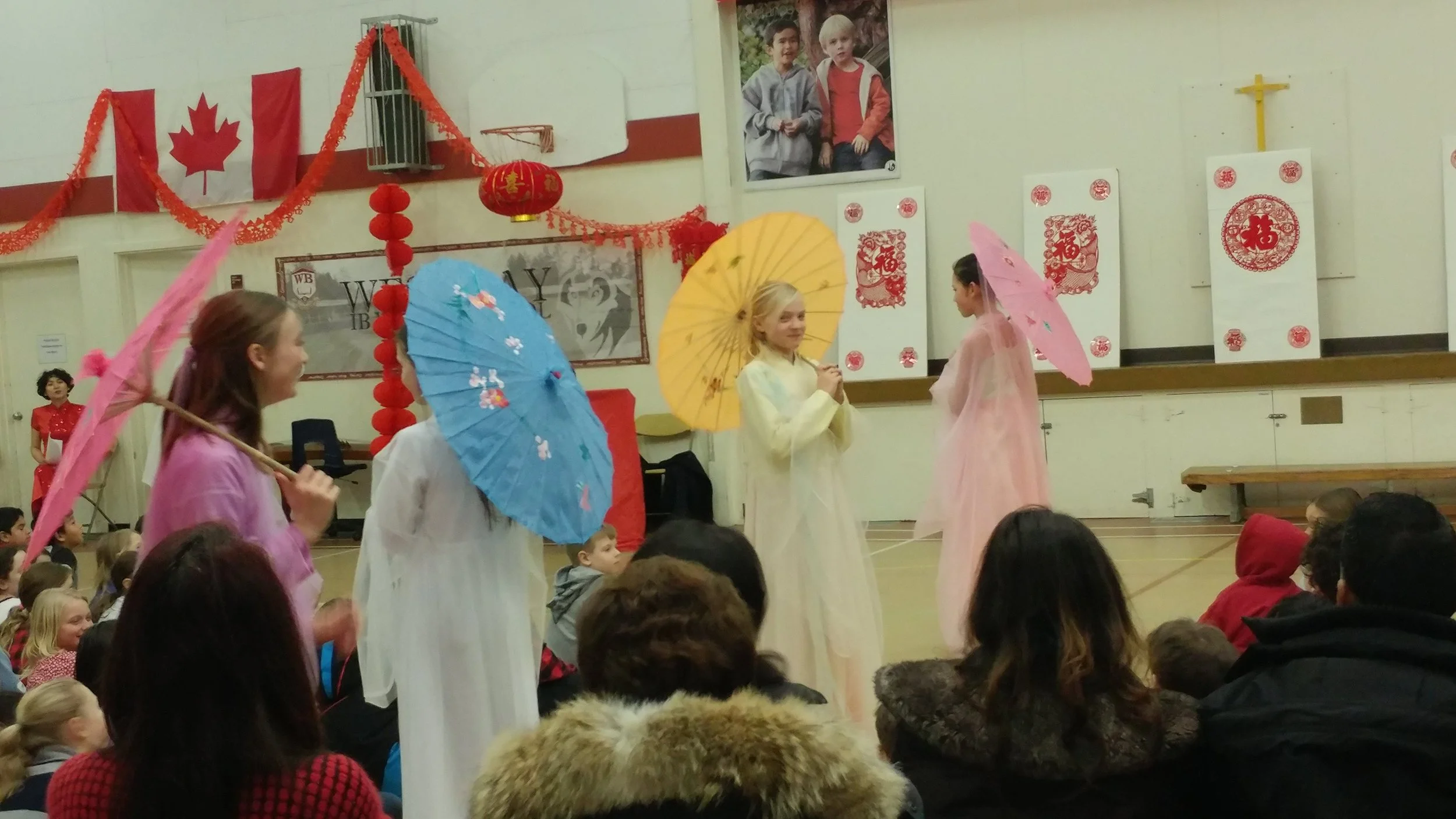
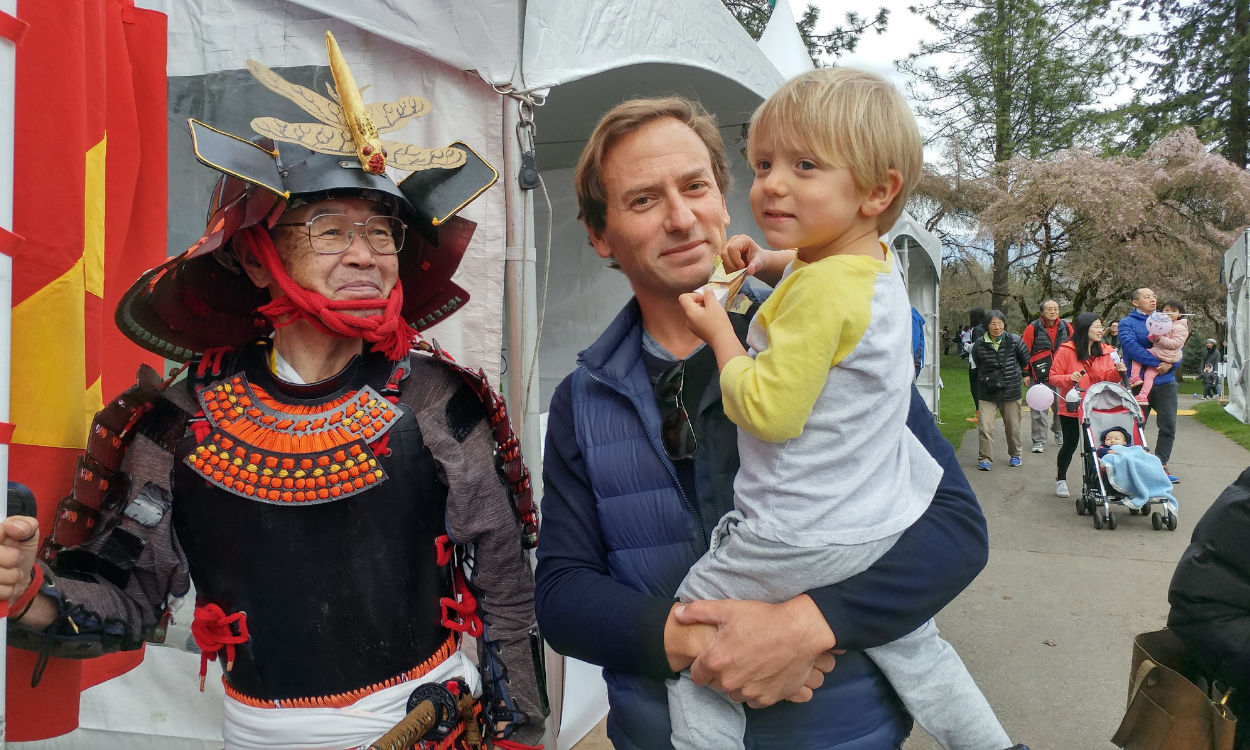










Asian-Canadian Classics
A North American classic that Canada fully embraced — the California roll goes Saturday-night snack mode when it’s battered, fried, and finished with glossy teriyaki and mayo. You’ll see versions at pubs and sushi spots from Vancouver to Halifax: crunchy outside, creamy-crab-and-avocado inside, built for sharing with friends.
From Richmond night markets in BC to Spadina in Toronto, bao buns feel right at home in Canada’s mosaic — soft, cloud-light pockets you stuff at the table and pass around family-style. This version gives you a reliable bun dough plus simple toppings that nod to our East-meets-West pantry.
Dim sum favourite meets Canadian weekend tradition — shared steamer baskets, lots of chatter, and a tray of open-faced sui mai. From Vancouver’s Richmond night markets to Toronto’s Chinatown, these little bites fit right into our multicultural table.
A true Canadian creation, sushi pizza was first dreamed up in Toronto in the 1990s — a perfect blend of East-meets-West creativity that defines our multicultural food scene. Crispy rice “crust,” creamy sauces, and fresh fish make it both familiar and exotic. You’ll find versions in sushi bars across Canada, from Vancouver to Halifax — each bite a reminder of how innovation and diversity come together at the Canadian table.
Aburi sushi — lightly torched so the fish just melts — found a home in Canada on the West Coast, where Vancouver’s sushi scene helped popularize the style. It’s elegant yet unfussy: warm, smoky top; cool, seasoned rice beneath. Perfect for a dinner party starter or a hands-on night at home.
Snow on the sidewalk, steam on the glass—ramen feels made for our winters. A deep, savoury broth, slices of tender pork, and a jammy egg turn a simple bowl into a small celebration. This version follows time-tested ramen principles—broth + tare (seasoning) + aroma oil—so every slurp lands just right.
When the weather turns stubborn—rain on the windows or soft snow piling up—we gather at the table with a stack of wrappers and a bowl of filling. Someone mixes, someone fills, someone pinches the corners into little boats. A tray fills, the kitchen warms, and soon there’s a pot or skillet hissing away. These dumplings are humble, hands-on, and perfect for batch cooking—they freeze beautifully for the next stormy night.
A fast, cozy bowl for cold nights: good chicken stock brought to a simmer, dumplings slipped in, bok choi for fresh crunch, and a spoon of jarred chilli to wake everything up. It’s pantry-simple, weeknight-quick, and exactly the kind of comfort that gathers everyone to the table.
A true weeknight classic—leftover rice from yesterday, a handful of frozen peas, and a bit of Sunday ham become a hot, savoury bowl in minutes. It’s the kind of skillet supper that fits Canadian kitchens: practical, fast, and perfect after hockey practice or a cold walk home.
Miso—fermented soybean paste with roots in Japan as early as the 7th century—came to Canadian tables through Japanese communities on the West Coast. Today it’s comfort in a cup: clean, savoury, and ready in minutes—perfect after a cold walk or a late skate.
Tuna tataki — a Japanese classic of lightly seared tuna with a cool, raw centre — has found a home in Canada’s mosaic of flavours. On the West Coast, where sushi culture thrives and fresh seafood is part of daily life, tataki has become a favourite starter. This version takes on a Canadian twist with seasonal fruit: sweet peaches from Niagara or juicy mangoes from Toronto markets, adding brightness, balance, and a touch of local character.
Crispy, golden, and comforting, tonkatsu is a Japanese favourite that has found a home in Canada, especially on the West Coast where Japanese food culture thrives. From restaurants in Vancouver’s Little Tokyo to family kitchens across the country, tonkatsu shows how Japanese flavours have blended seamlessly into Canadian dining. Served with crunchy cabbage, rice, and tangy sauce, it’s simple, balanced, and always satisfying.
Salmon and noodles may feel like a restaurant dish, but it’s one of those meals that’s quick, nourishing, and easy to adapt at home. Tender Canadian salmon or trout, crisp bok choy, and silky noodles come together with a soy-ginger sauce that’s savoury, sharp, and comforting. It’s the kind of dish that feels just as right for a weeknight dinner as it does for sharing with friends — simple, elegant, and deeply satisfying.
Poke began in Hawaii as a fisherman’s snack: fresh cubes of raw fish, lightly seasoned and eaten straight from the catch. Today, it has become a vibrant, layered bowl of rice, seafood, and colourful toppings. In Canada, especially along the West Coast, poke found its home through sashimi-grade tuna from BC waters and the influence of Japanese food culture. What began as island simplicity is now a Canadian favourite — fresh, modern, and deeply multicultural.
Japanese karaage — crisp, juicy fried chicken marinated in soy, garlic, and ginger — has found a second home in Canada. Introduced through Japanese restaurants and izakayas, it quickly became a staple at ramen shops in Vancouver, Toronto, and beyond. Its appeal is universal: crunchy outside, tender inside, and simple to share. Like tempura before it, karaage reflects how Japanese food traditions have blended into Canadian dining, from casual comfort to modern fusion.


Indian influence in Canada blossomed with the 1967 points system, which opened the door to new waves of immigration from South Asia; by 2021, South Asians made up about 7.1% of the population, with Indian communities anchoring neighbourhoods from Brampton to Surrey. On Toronto’s Gerrard Street, the Gerrard India Bazaar grew around a 1972 cinema showing Bollywood films, and the strip still hums with samosas, spice shops, and sweet houses. Festivals stitched the culture into everyday life—Surrey’s Vaisakhi Parade now draws roughly 500,000 people, one of the largest anywhere. Food tells the story at the table: naan and tandoori, chai and chaat, butter chicken and biryani—once “immigrant dishes,” now Canadian comfort. And the ties keep deepening: in 2022, India was Canada’s top source of new permanent residents (27%), a reminder that this influence is living, growing, and delicious.
Indian-Canadian Classics
Samosas are one of those dishes that need no introduction — crisp pastry pockets filled with spiced potatoes, peas, and herbs. In Canada, they’ve become more than just an Indian snack: you’ll find them in food trucks in Toronto, bakeries in Vancouver, and at family potlucks across the country. Affordable, bold, and endlessly satisfying, samosas are proof of how global traditions have been warmly folded into Canadian kitchens.
Butter chicken may have been born in Delhi in the 1950s, but it has found a true second home in Canada. With more than 1.8 million Canadians of South Asian heritage, the dish has become a staple in households and restaurants from Toronto’s Little India to Surrey’s vibrant Punjabi markets. Creamy, spiced, and deeply comforting, it’s the kind of dish that feels as Canadian as stew or chili — warming you from the inside out on a snowy night, shared with rice, naan, and family around the table.
Naan, soft and pillowy from the tandoor or skillet, is one of India’s most beloved breads. In Canada, it became part of everyday cooking through the country’s large South Asian communities, especially in cities like Toronto, Vancouver, and Calgary. With Indian restaurants, bakeries, and home kitchens, naan moved from being a specialty food to a Canadian comfort, often served not just with curries but alongside barbecues and stews — proof of how seamlessly global flavours fit into our mosaic.




















